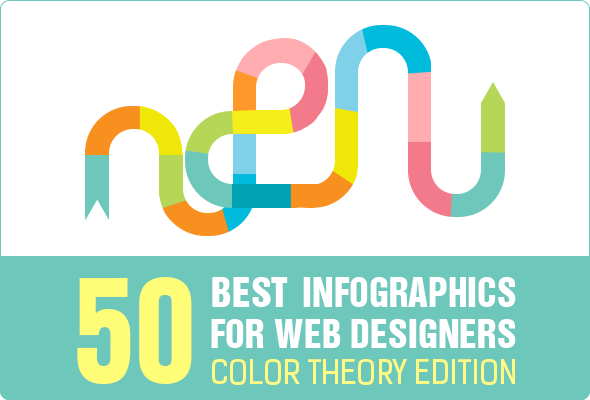Keen To Find Exactly How Internet Site Style Has Changed Over Time? Study The Development From Simpleness To User-Focused Experiences.
Keen To Find Exactly How Internet Site Style Has Changed Over Time? Study The Development From Simpleness To User-Focused Experiences.
Blog Article
Write-Up Created By-Carstens Vinson
In the past, web sites were simple and focused on information. Navigation was direct, and layout was for desktops. Currently, https://tituskfavp.tusblogos.com/29891049/master-the-art-of-drawing-in-neighboring-clients-with-local-seo-techniques-yet-don-t-neglect-the-international-reach-capacity-of-conventional-seo-find-the-key-distinctions is key. Information overviews layouts for easy navigating. Receptive layouts match different tools. Today, dark mode lowers stress, and minimalist menus improve navigation. Interactive features involve customers, and bold visuals attract attention. AI assimilation enhances involvement. See how https://seowriting30617.loginblogin.com/36561187/unlock-the-keys-of-social-network-advertising-strategies-for-success has progressed to improve your online trip.
Early Days of Website Design
In the early days of website design, simpleness reigned supreme. Internet sites were standard, with minimal colors, font styles, and designs. The emphasis was on offering details as opposed to flashy visuals. Individuals accessed the internet with slow-moving dial-up links, so rate and capability were crucial.
Navigating menus were straightforward, generally situated on top or side of the web page. Sites were created for desktop, as mobile browsing had not been yet prevalent. Web content was king, and developers prioritized simple readability over intricate layout elements.
HTML was the primary coding language utilized, and developers needed to work within its constraints. Computer animations and interactive features were marginal contrasted to today's requirements. Websites were fixed, with little dynamic web content or tailored customer experiences.
Rise of User-Focused Design
With the evolution of web site design, a change in the direction of user-focused design principles has actually come to be significantly prominent. Today, producing websites that focus on individual experience is crucial for engaging site visitors and attaining company objectives. User-focused layout involves comprehending the demands, preferences, and behaviors of your target audience to tailor the website's design, web content, and features accordingly.
Designers currently conduct extensive research study, such as customer surveys and usability testing, to gather understandings and feedback straight from users. This data-driven technique helps in creating intuitive navigation, clear calls-to-action, and visually attractive interfaces that resonate with visitors. By placing the customer at the facility of the style procedure, sites can supply an extra tailored and satisfying experience.
professional website design has actually additionally emerged as an essential facet of user-focused layout, ensuring that sites are maximized for different tools and display dimensions. This flexibility enhances availability and use, accommodating the diverse methods customers connect with internet sites today. Basically, https://www.businessinsider.in/advertising/brands/article/great-learnings-co-founder-shares-top-digital-marketing-tips-for-small-and-medium-enterprises/articleshow/87648713.cms of user-focused design represents a change in the direction of producing electronic experiences that prioritize the requirements and expectations of the end individual.
Modern Trends in Website Design
Explore the latest fads forming web design today. One prominent pattern is dark setting style, using a streamlined and modern look while minimizing eye stress in low-light atmospheres. An additional vital fad is minimal navigation, simplifying food selections and improving user experience by concentrating on essential elements. Incorporating micro-interactions, such as animated buttons or scrolling results, can create a much more interesting and interactive web site. Receptive style continues to be vital, making certain smooth user experiences across numerous tools. Additionally, making use of vibrant typography and asymmetrical formats can include visual rate of interest and draw attention to particular content.
Incorporating AI technology, like chatbots for consumer assistance or individualized suggestions, enhances customer interaction and improves procedures. Access has also become a considerable pattern, with developers focusing on comprehensive design methods to satisfy diverse individual needs. Welcoming sustainability by maximizing website performance for rate and efficiency is another arising pattern in website design. Teaming up with individual comments and data analytics to repeat and boost design continuously is necessary for remaining relevant in the ever-evolving digital landscape. By accepting these modern-day trends, you can develop a visually appealing, easy to use internet site that resonates with your target market.
Final thought
As you reflect on the development of web site layout from the early days to now, you can see exactly how user-focused style has actually ended up being the driving pressure behind contemporary trends.
Embrace the journey of change and adaptation in website design, always keeping the user experience at the center.
Keep current with the most up to date patterns and innovations, and never quit developing your approach to develop visually magnificent and easy to use websites.
Progress, adapt, and produce - the future of web design remains in your hands.
